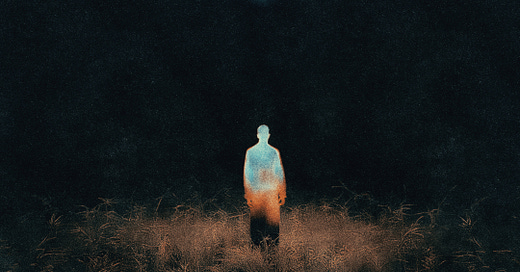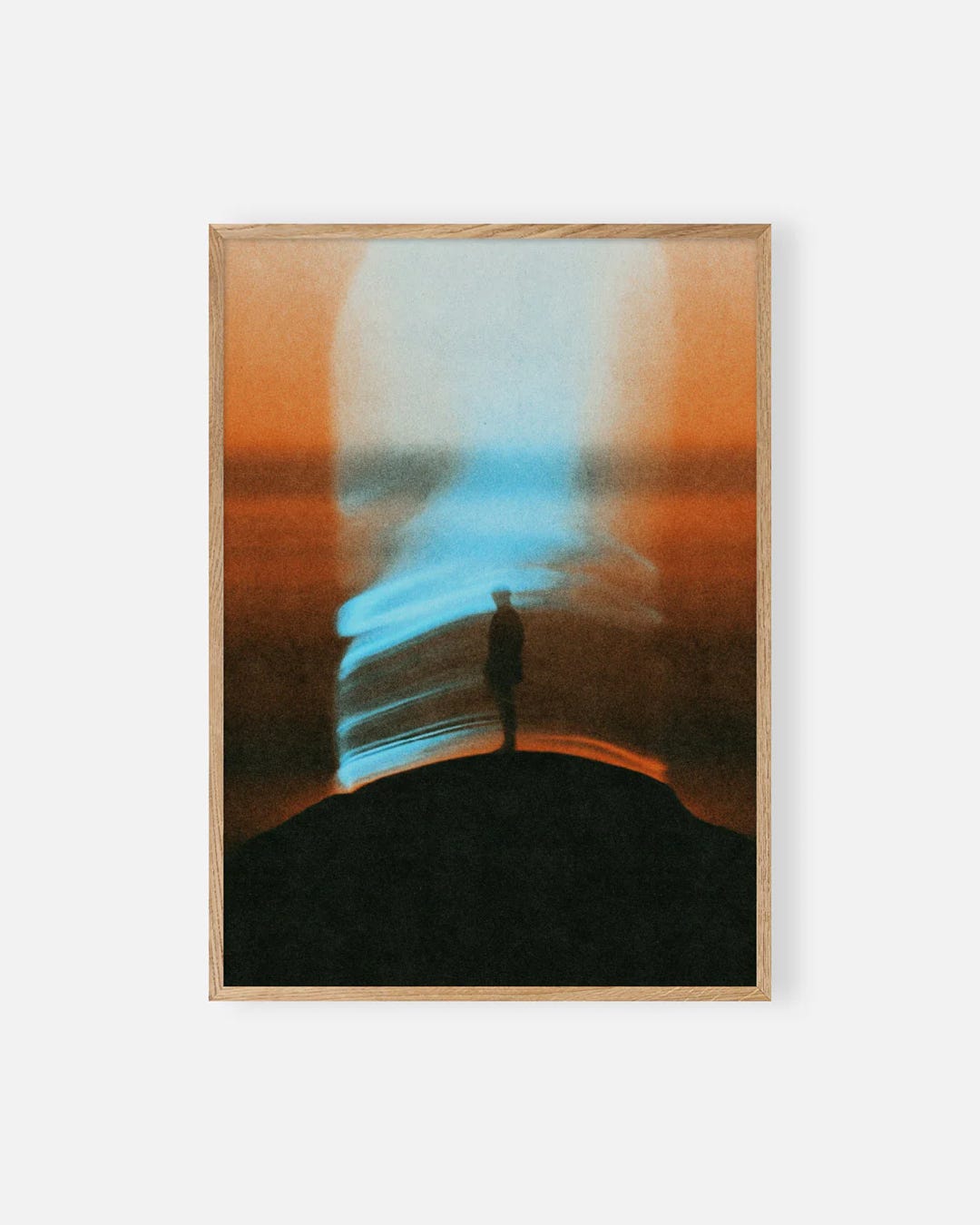Hello friends!
Welcome back to SIGNALS.
This time, we’re exploring what remains unseen—the erased details, the hidden revisions, and the subtle shifts that shape the final work. We’re also looking at how new tools transform the creative process and redefine what’s possible.
Love,
Nastassja & Christian
SERIES
SHOP
🔗 GET YOURS
HIDDEN LAYERS
Art is often about what remains unseen. When looking at a finished piece, it’s easy to assume that everything fell into place effortlessly—that the composition, the colors, the textures were simply meant to be. But behind every final artwork, there’s an invisible architecture of discarded versions, hidden layers, and subtle decisions that shape the outcome in often overlooked ways.
In our process, we frequently create more than what eventually makes it into the final piece. Some details get erased, entire sections get reworked, and countless iterations exist only as fleeting moments before they vanish under new adjustments. Often, the most crucial changes are the ones no one will ever notice—the slight shift in contrast that makes an image feel more alive, the texture that was added and then removed, the elements that were tried, abandoned, and forgotten.
This is especially true in digital art. Unlike traditional painting, where brushstrokes physically accumulate on a canvas, digital layers can be rearranged, deleted, or buried indefinitely. A piece might go through dozens of transformations before it reaches its final form, yet only the last iteration remains visible. The rest exists only in memory—or in the depths of a PSD file, waiting to be uncovered.
But sometimes, the hidden layers are more than just technical adjustments. They hold fragments of different ideas, abandoned paths, and even mistakes that led us somewhere unexpected. Some of our favorite works only exist because something unplanned happened—because a misaligned texture created an interesting tension, or because an AI-generated distortion turned into the defining feature of an artwork.
What you see is the sum of everything that came before it. And often, the simplest images are the ones that carry the most invisible complexity.
TOOLS OF TOMORROW
What once required niche expertise and hefty budgets is now accessible with a click—only to be replaced by something faster, smarter, cheaper. The driving force? Relentless competition among AI developers pushing the limits of what's possible.
For artists, this means an ever-expanding toolkit. New models emerge, each with distinct strengths—some precise, some chaotic, some beautifully unpredictable. The constant flux isn’t a challenge; it’s an opportunity.
As technology evolves, so do the possibilities.
Projects like DeepSeek’s Janus, an open-source multimodal AI that rapidly entered the scene, and Google's Whisk, an experimental tool that uses images as prompts, perfectly illustrate how volatile and fast-moving the AI market is.
SELECTED
Evan Roth is an American artist known for his subversive approach to digital culture and hacker aesthetics. His work spans sculpture, video, and net art, often repurposing everyday technologies to explore themes of activism, connectivity, and the internet’s evolving landscape. By blending open-source methodologies with visual poetry, Roth challenges mainstream narratives, revealing hidden layers of the digital world in unexpected and thought-provoking ways.
*In SELECTED, we feature artists and works that inspire and shape our perspective.
SIGNALS is our studio's regularly published newsletter. Please share it with your friends and colleagues to help us continue for many more editions!






